03 September, 2024
windows
When we think of windows, we usually picture a glass pane, a frame, and perhaps some additions like mosquito screens or blinds. But it hasn't always been this way. Over the centuries, windows have evolved to better meet the needs of aesthetics, ventilation, and even education. And that's just a few of the changes. Let's take a look at the journey they’ve undergone.
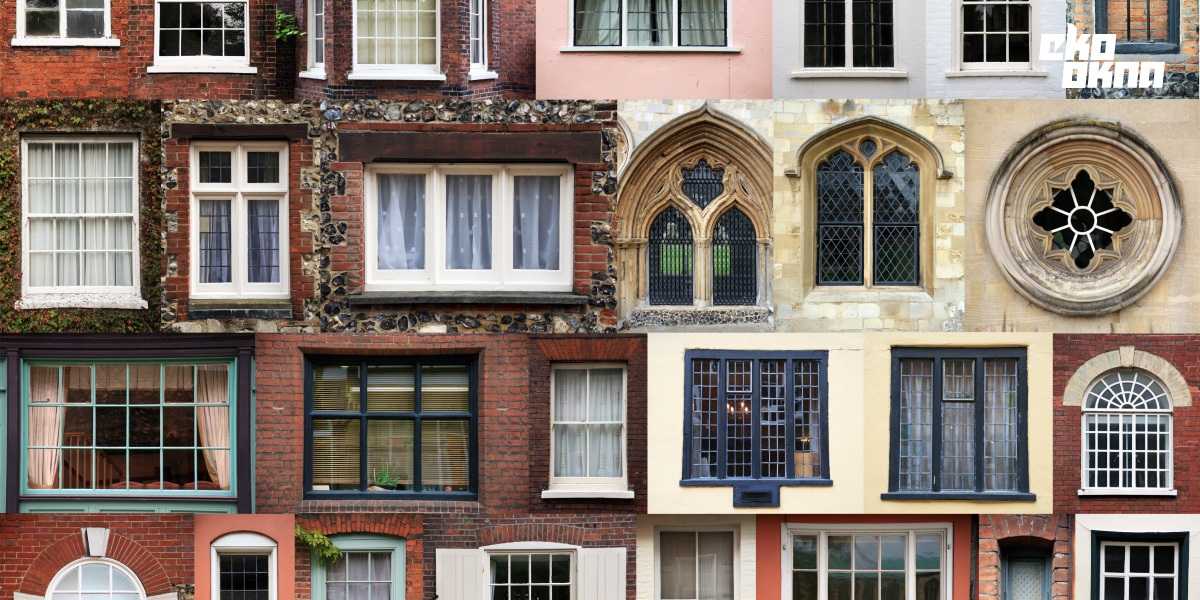
From the very beginning of construction, windows have served many practical, and later also aesthetic, functions—all aimed at improving our quality of life.
How Did the History of Windows Begin?
The earliest windows were simple openings in walls, without glass or even window coverings. This is not much different from today's solutions, except that now we also install glass panes. Their primary purpose was ventilation and lighting of rooms.
Windows in ancient Egypt were openings cut high in the walls. Their main function was to cool the house; lighting and views were not a priority in the suffocatingly hot climate.
The Egyptians often covered these openings with reed mats that protected against insects and excessive heat while allowing air to flow through.
In more luxurious homes, linen fabric curtains were used, adding elegance to the interiors. We could say these were the first window coverings.
Initially, Mesopotamian windows did not differ in function or appearance from their Egyptian counterparts.
Over time, they began to be covered with thin alabaster tiles or other translucent materials that allowed light to pass through and provided protection from dust and annoying insects.
This technology was advanced enough that in some wealthier homes, the first examples of "windows" in the form of sliding panels could be found.
The ancient Romans made a significant contribution to the development of windows. They produced the first glass windows, although they did not resemble the traditional glass windows we know today; they were thick, greenish, and opaque.
The Romans also used minerals, such as selenite (moonstone), to improve the quality of light entering interiors. Examples of such windows can be found in the ruins of Pompeii and Herculaneum, where archaeologists have discovered remnants of windows with wooden and metal frames. This illustrates the rapid development of window construction.
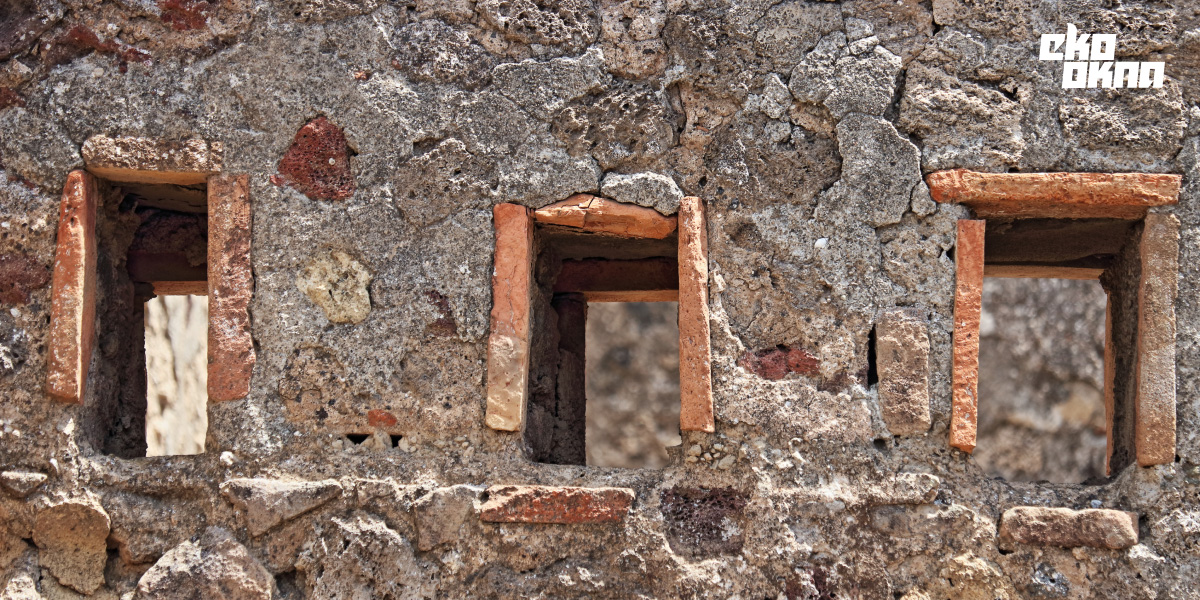
Despite their fearsome ships and berserker warriors, the Vikings lived in rather modest homes. Little light entered their interiors, mainly through the smoke holes located in the roof directly above the hearth. As their name suggests, the primary purpose of these smoke holes was to vent smoke from the fire, making it hard to confuse them with modern windows.
Over time, these openings were moved closer to the roof's edge, as archaeologists speculate, to provide more light. However, brutal functionality continued to dominate over any sense of aesthetics or comfort.
The Romanesque style, which dominated medieval Europe, was characterized by massive buildings with thick walls and small, semi-circular windows.
These small windows were designed to retain heat within buildings and provide protection from attacks. This was a period when people were much more concerned with survival than comfort. The dark interiors of churches and castles were compensated by colorful stained glass, which added charm even to the heaviest of structures.
During this time, glass production technologies were already developing rapidly.
The Gothic style developed later than the Romanesque style and is often seen as its opposite. The thick walls of Romanesque buildings in many countries gave way to tall cathedrals, soaring roofs, and enormous windows that allowed for even better lighting of the interiors. The art of stained glass also advanced significantly during this period, particularly in cathedrals.
Gothic windows created incredible lighting effects, making them not only functional but also spectacular. Beyond their basic functionality, stained glass windows served an educational purpose. By depicting biblical scenes, they helped the illiterate majority of society better understand the Bible.
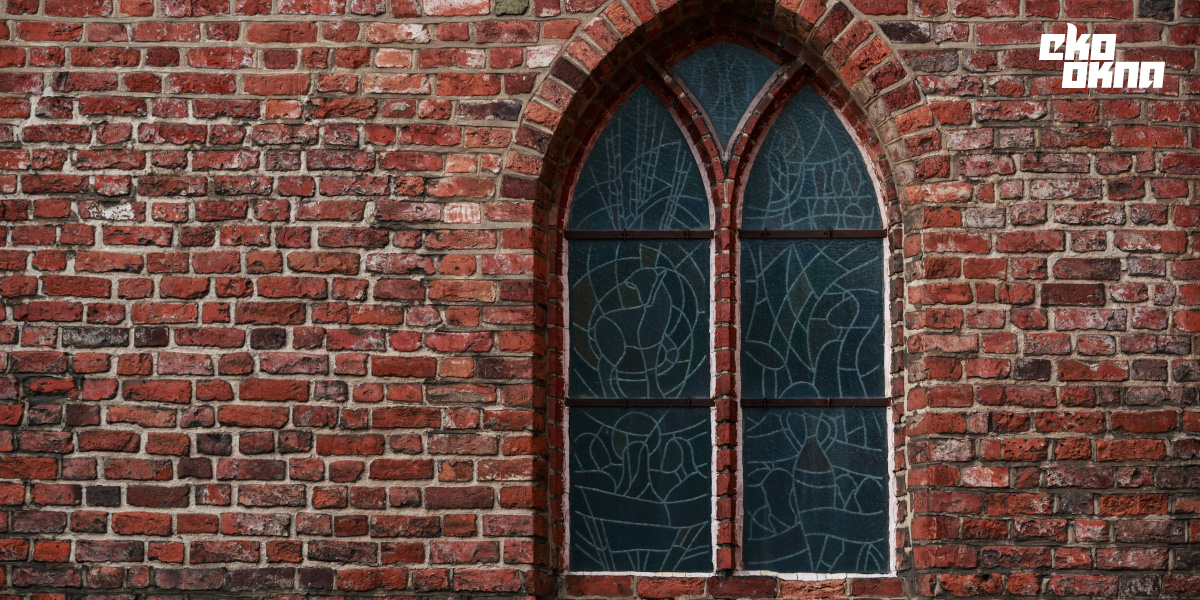
The Renaissance brought a revival of ancient ideals and a new approach to architecture. Thanks to precise calculations by architects, windows became symmetrical and significantly larger. The goal was to achieve perfection in every detail of form. Especially decorative wooden windows were carefully positioned to harmonize with the proportions of the building.
During this period, windows with leaded mullions became popular, creating elegant geometric patterns.
Opulence, drama, and even more opulence—these are the characteristics of the Baroque period, reflected not only in sculptures and literature but also in windows.
Baroque windows were typically large and divided into many smaller panes. This structure allowed for the play of shadows inside the building, creating striking visual effects. The windows were complemented by intricately carved elements, enhancing the grandeur of the buildings.
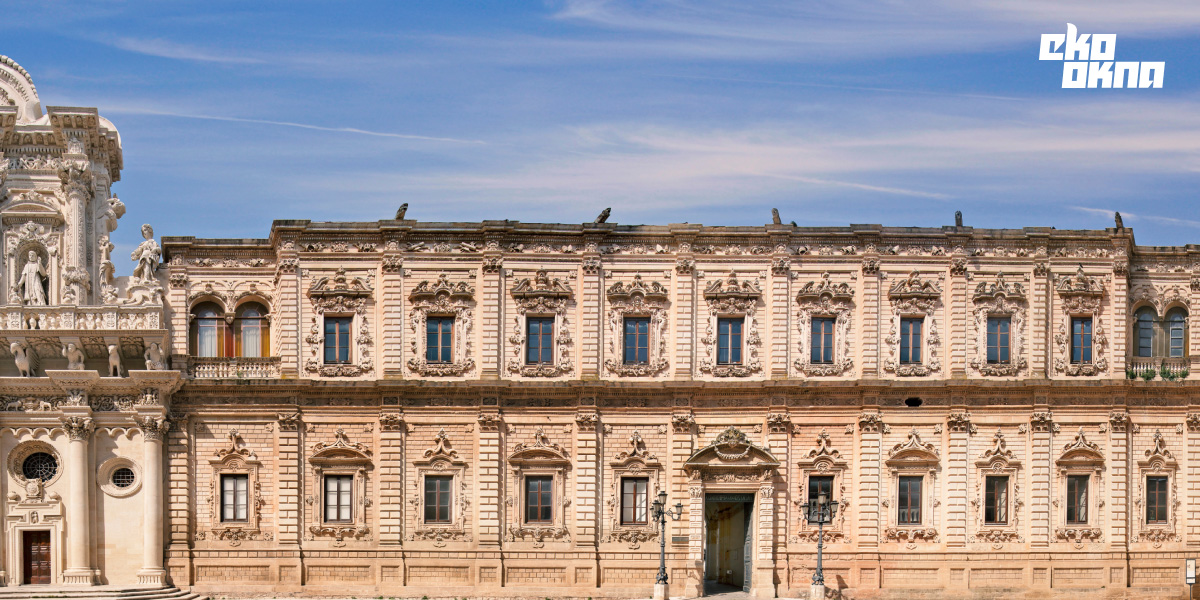
Rococo is a lighter and more decorative offshoot of Baroque. Its name derives from "rocaille," referring to the small, delicate pebbles used in decoration, reflecting the smaller, more ornate nature of Rococo windows. These windows were often adorned with floral motifs and asymmetrical designs.
Advances in building technology allowed for new innovations. The introduction of casement windows made opening and ventilating rooms easier. Double-hung windows also began to appear during this time.
With Neoclassicism, there was a return to the ancient ideals of symmetry and perfection. Neoclassical windows were symmetrical, often divided into upper and lower sections.
The use of the golden ratio ensured that these windows were harmoniously integrated into the façades of buildings. The golden ratio involves dividing a segment so that the ratio of the longer part to the shorter part is the same as the ratio of the entire segment to the longer part.
The rise of Historicism was influenced by an interest in ancient architecture and the development of historical sciences. Historicism drew inspiration from various periods and architectural styles, eventually leading to the creation of neo-styles (Neo-Baroque, Neo-Renaissance). The appearance of a building depended on the preferences and vision of the architect.
As a result, windows took on various forms, ranging from Gothic to Renaissance and even Baroque.
Industrialization and the introduction of new materials, such as cast iron, enabled the creation of more complex and decorative window designs.
Art Nouveau is characterized by flowing, wavy lines, plant motifs, and subtle, pastel color schemes. Architects aimed to make buildings resemble nature as closely as possible.
Art Nouveau windows were often asymmetrical with streamlined, wavy shapes, and stained glass windows frequently depicted plants, animals, and various natural motifs. These architectural solutions were intended to give buildings an abstract, organic appearance.
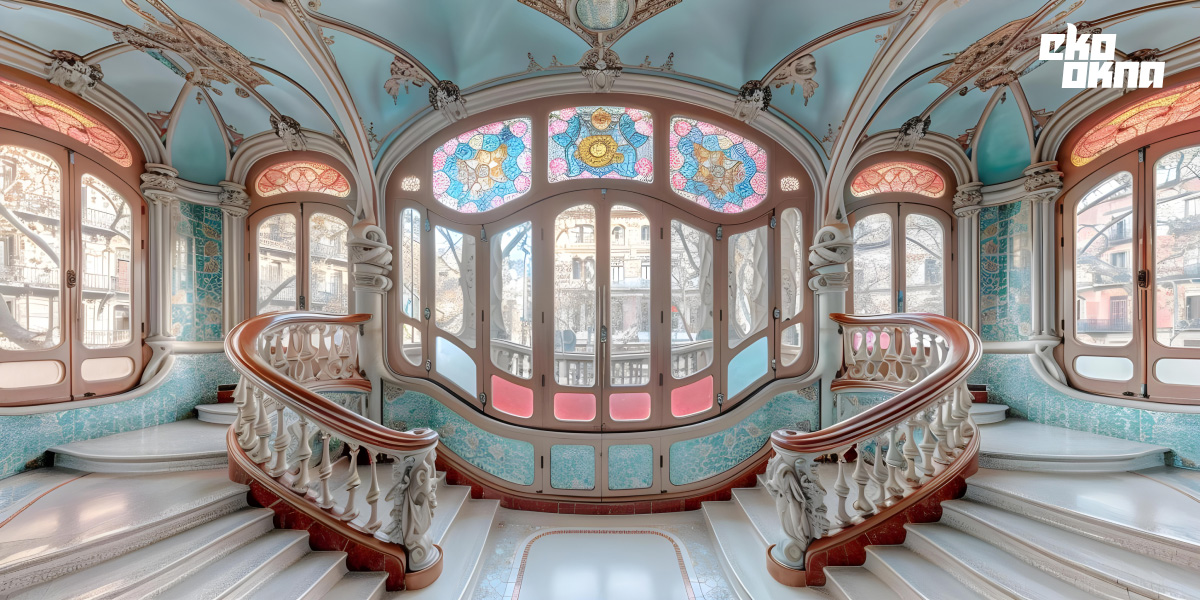
Neo-Baroque, although drawing from Baroque, placed less emphasis on symmetry. This movement focused on using regional materials and was heavily influenced by Art Nouveau.
Neo-Baroque windows were often large, divided into many smaller panes, reminiscent of earlier eras but in a modern, more functional form.
The Neoclassical Revival continued the classical tradition, emphasizing simplicity and elegance. Neoclassical architects adhered to a set of principles governing the proportionality of buildings, specifying the exact proportions different parts of a building should have.
Consequently, windows were highly proportional, with symmetrical panes and elegant mullions that added refinement and class to the buildings. The previously mentioned golden ratio was also applied here.
Modernism was the era of clean lines and functionality. Modernist architects abandoned decorative details in favor of large, glazed surfaces designed to let in as much light as possible.
Thanks to new materials like steel and concrete, it became possible to create large windows and corner glazing.
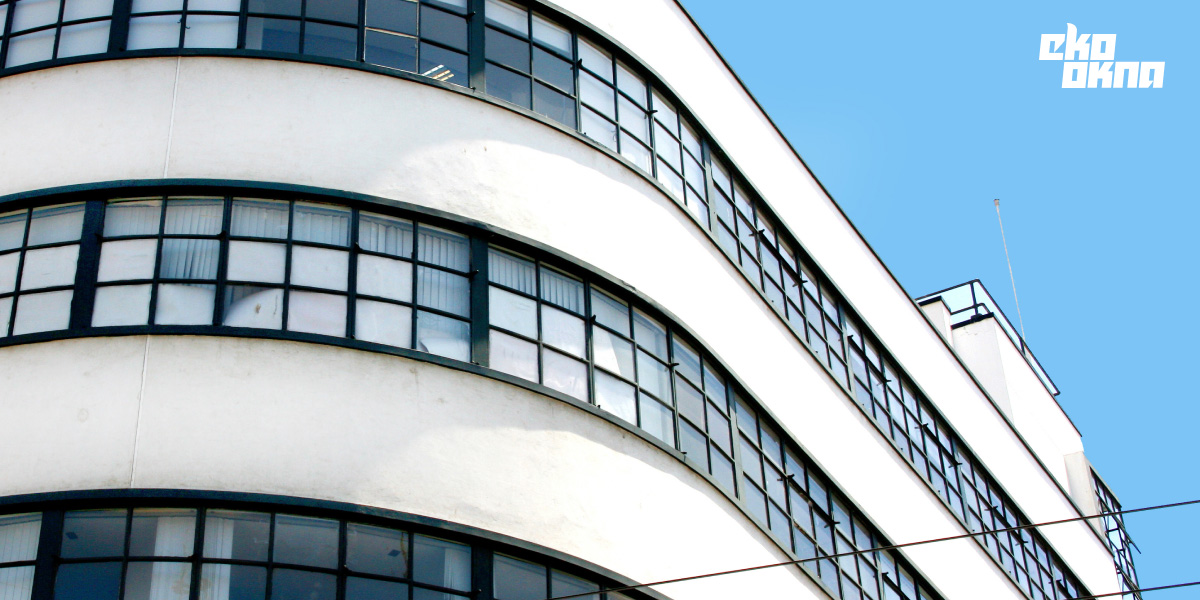
Postmodernism brought a mix of styles and creative freedom. Windows in this period were diverse, often referencing earlier eras but with a modern twist.
The energy crisis of the 1970s led architects to focus on the energy efficiency of windows, which influenced the development of passive and energy-efficient window technologies. Window manufacturers began competing to lower the thermal transmittance values, striving for better insulation and energy savings.
Modern windows are the result of advanced technologies and innovative solutions. Thanks to materials like tempered glass, laminated glass, and composite window frames, today's products are not only durable but also energy-efficient. Wooden window materials are now bonded and layered to enhance their quality. Window technologies are advancing rapidly, just like in every other field.
Many modern windows are equipped with smart systems where the glass can adjust its transparency level automatically, adapting the amount of light entering the interior. The color of window profiles, thanks to durable powder coating, can now be customized to any shade.
The future of windows is just around the corner, promising technologies that will enable even greater energy efficiency and user comfort.
As progress continues in fields such as material science, photovoltaic technology, and artificial intelligence, we can expect innovative solutions like smart windows that automatically adapt to weather conditions and user preferences.
Moreover, the drive towards sustainable development is encouraging manufacturers to seek out eco-friendly materials and production processes, potentially leading to the creation of even more environmentally friendly and energy-efficient windows.
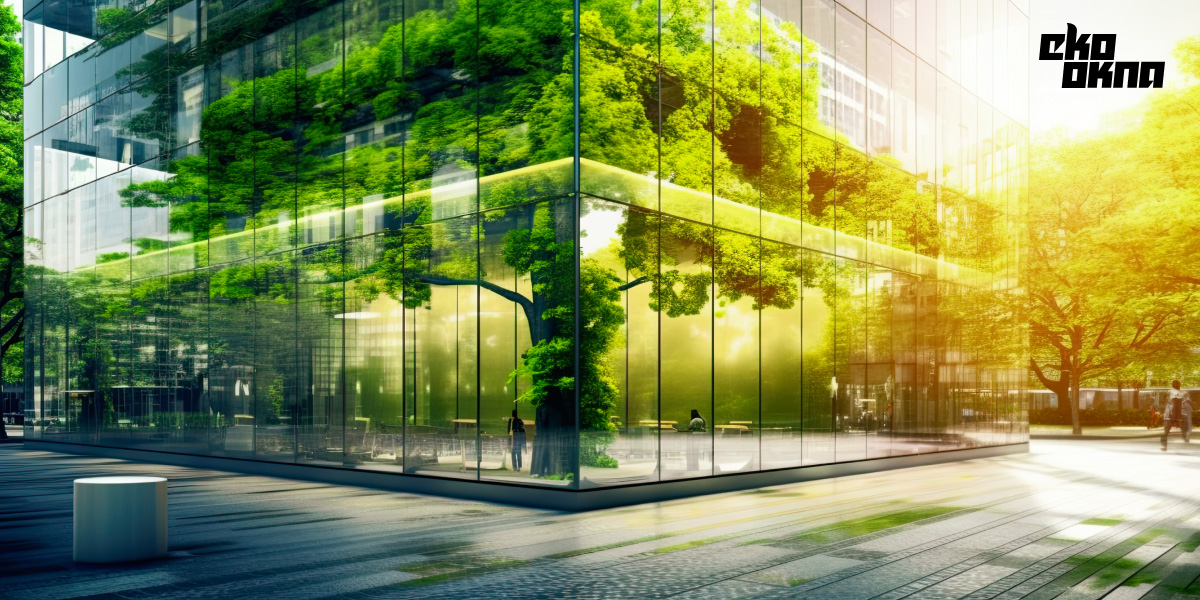
The history of windows is a fascinating tale of human ingenuity and the pursuit of improving quality of life. From simple openings in walls to technologically advanced constructions, windows have evolved to meet the changing needs and demands of society. Regardless of the era, windows have always played a crucial role in architecture and in the daily lives of people.
Windows have come a long and winding road to become the products we know today, reflecting the ongoing story of architectural and technological innovation.

Hotline: +48 32 459 15 00 Contact for new business customers only. Connection fee in accordance with the operator`s price list.
E-mail: quoteuk@ekookna.com newclientuk@ekookna.com Contact for business customers only.
Eko-Okna S.A.
Kornice, ul. Spacerowa 4
47-480 Pietrowice Wielkie
NIP: 6391813241
KRS: 0000586067